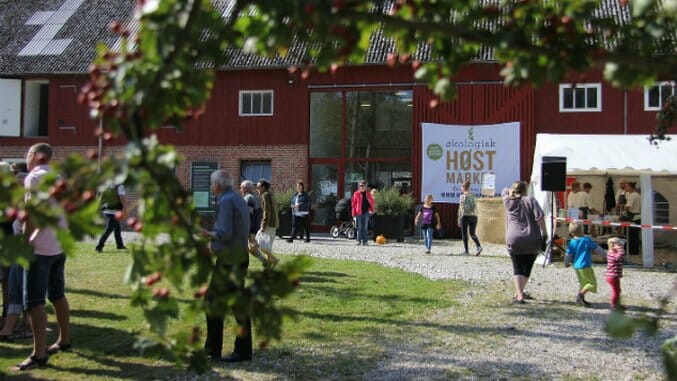This Danish Farmer Converted 2,000 Acres to Organic Farmland
Photos courtesy of Susanne Hovmand-Simonsen
Is good food responsible for Denmark ranking first on the U.N.’s World Happiness Report almost every year 2012? Copenhagen has more Michelin starred restaurants than any Scandinavian city, and their food culture has attracted international attention. But great food doesn’t exist without great ingredients, and while Denmark may be generating happy people, it’s agricultural industry leaves much to be desired.
“[Denmark has] been a pioneer in industrializing our food production and now we see the result. The farmers are in the pocket of the banks and the large co-operative systems,” explains Susanne Hovmand-Simonsen, fourth-generation owner of Knuthenlund farm in Stokkemarke, Denmark.
“Most consumers don’t know how their food is being made and what the consequence is on nature, the drinking water supply, the animals [and] also on their own health” says Hovmand-Simonsen, adding “consumers have lost the ability to taste the difference in the quality of food. Everything they buy in the supermarket is packed in plastic and they have given all responsibility to the large supermarket chains to choose the food they are eating. Most consumers are therefore used to a narrow selection of food varieties and most of it just industrialized produced.”
Hovmand-Simonsen is committed to “helping consumers learn to taste again and to appreciate the difference in flavors” as well as providing healthy food farmed with love. The inspiration behind her philosophy in farming came at a very young age. “When I turned 14 years old my mom became very sick because of food allergies. She went to intensive care several times and as a family we had to understand how we were producing food and what that food was doing to us. The experience totally converted the life of our family and how we looked at food … we started to become interested in organic food.”
The family’s interest turned into a daughter’s passion, one that lead to the largest conversion from conventional to organic farming in Denmark’s history. Just a year after taking over the family farm in 2006, Hovmand-Simonsen managed to convince her investors to support the conversion (the negotiations involved several heated discussions and an exhaustive 120-slide PowerPoint presentation).
-

-

-

-

-

-

-

-

-

-

-

-

-

-

-

-

-

-

-

-

-

-

-

-

-

-

-

-

-

-

-

-

-

-

-

-

-

-

-

-








































